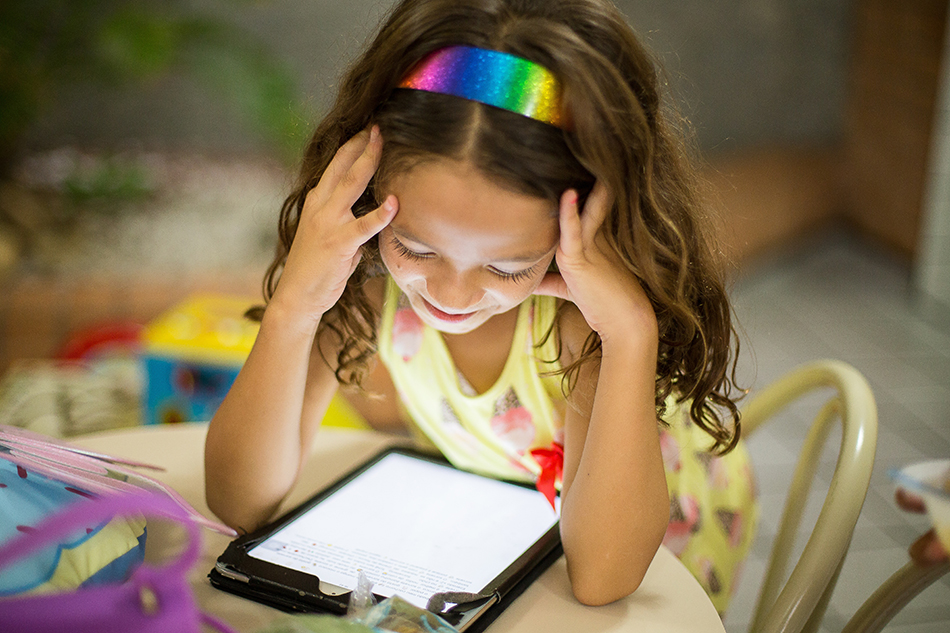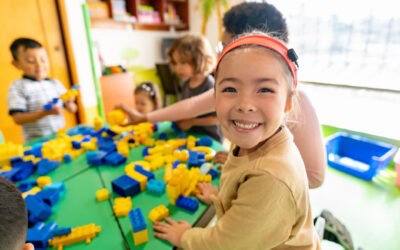In today’s digital age where students are more connected than ever, online safety has become an important part of digital literacy education. With the internet serving as a gateway to information, social interactions and learning resources, students are exposed to both the benefits and risks of the digital world. Teaching online safety equips students with the skills and knowledge to navigate this complex environment responsibly. This includes understanding the importance of creating strong passwords, recognizing and avoiding phishing scams, and being aware of privacy settings on social media platforms. By fostering a sense of digital citizenship, educators can help students become more aware of the potential dangers and how to protect themselves for a safer online experience.
The importance of teaching online safety to students extends beyond protecting personal information. It also plays a critical role in preventing cyberbullying and promoting respectful behavior in online interactions. As students engage in various online activities, they should understand the consequences of their actions, such as the impact of sharing inappropriate content or engaging in harmful behavior towards others.
Educators have the responsibility to guide students in developing a positive online presence and understanding the ethical use of technology. By integrating online safety into the curriculum, schools can create a culture of responsible digital use that empowers students to become respectful, mindful, and secure digital citizens.
What is Online Safety?
Online safety is the ability to understand and recognize threats that exist on the internet, as well as having the skills and knowledge to avoid these threats. This includes knowing how to keep personal information private and secure online, protecting devices from malware, avoiding harmful or illegal content, and managing online relationships safely.
Beyond the technical aspects, online safety also involves understanding the social and ethical implications of internet use. This includes being aware of how one’s actions can affect others, such as spreading misinformation, engaging in cyberbullying, or violating someone’s privacy. It encourages individuals to think critically about the information they encounter and share, and to practice empathy and respect in their online interactions.
Online safety is not just about protecting oneself from external threats; it also encompasses the responsible and ethical use of digital tools and platforms. By cultivating an understanding of these principles, individuals can contribute to a safer and more respectful online community for everyone.
Basics of Online Safety
One of the difficulties of online safety is that the threats are constantly changing, getting ever-more sophisticated. However, when teaching students online safety skills, there are some basic concepts that, when mastered, can help prevent against a wide variety of threats. These include:
Securing Personal Information
The first basic of online safety is protecting personal information. This means being careful about sharing information such as:
- Full name
- Address
- School or work
- Social security number
- Account usernames and passwords
Students should be taught never to share personal information online without a parent or guardian’s specific permission. They should also never share usernames and passwords of their accounts, which may be used to obtain personal information.
Protecting Against Malware
Most malware attempt to gain access to a computer or to steal personal information to use for nefarious purposes. They may compromise not only personal security, but can also wreak havoc on software, files, and operating systems. There are a wide variety of attacks at differing levels of sophistication, which can make them difficult to detect or avoid. However, some basic online safety skills can help prevent these attacks:
- Don’t click links or open attachments in emails from people you don’t know.
- Be wary of contests, “freebies,” or awards stating you’ve won something or have “money” or some other award waiting for you.
- Avoid downloading software or files from unknown sources–this includes being wary of pop-up windows that ask you to download something.
- Be wary of error message pop-ups that you don’t understand.
Avoiding Harmful or Illegal Content
While the internet opens us up to a wide array of information and communication, this also means being at risk for stumbling across content that is harmful or even illegal. It’s important to discuss with students how to stay safe online by understanding the types of searches that are okay and which aren’t.
Computers that students have access to should have safety filters in place to prevent harmful or illegal searches and content. Parents and guardians should also set a standard for open communication with students, creating an environment in which they are comfortable asking questions or discussing what they may have seen online. It’s important to let students know that if they accidentally stumble across something that makes them uncomfortable, it’s prudent and safe to ask an adult for help.
Manage Relationships Safely
Finally, online safety should also include discussing communication students may have with other individuals online and how to manage these relationships safely. This means understanding the risks associated with engaging with others online, including:
- Knowing that some people may not be who they say they are.
- Never meeting someone they’ve met online in real life unless it is thoroughly evaluated, approved and overseen by a parent.
- Telling an adult if someone says something that makes them uncomfortable.
Final Thoughts
Online safety can be difficult and complicated to understand, especially with the quickly changing environment of online threats. EasyTech, Learning.com’s digital literacy program, helps students master the basics of online safety, empowering them with skills, knowledge and awareness to avoid threats while online.
This article was originally published in June 2022 and was reviewed and updated in October 2024 for information, relevance, and completeness.

Learning.com Team
Staff Writers
Founded in 1999, Learning.com provides educators with solutions to prepare their students with critical digital skills. Our web-based curriculum for grades K-12 engages students as they learn keyboarding, online safety, applied productivity tools, computational thinking, coding and more.
Further Reading
What Is Digital Citizenship? Key Skills & Best Practices for Students
In a world dominated by virtual interactions, being a responsible digital citizen has never been more crucial. Students today grow up with social...
Teaching Children How to Effectively Handle Cyberbullying
In today’s digital age, online safety is a critical concern for children navigating the internet. While the internet provides endless opportunities...
Examples of Abstraction in Everyday Life: How Students Already Use Computational Thinking
Computational thinking, though often perceived as a concept limited to technology or coding, is a valuable problem-solving skill that students...




